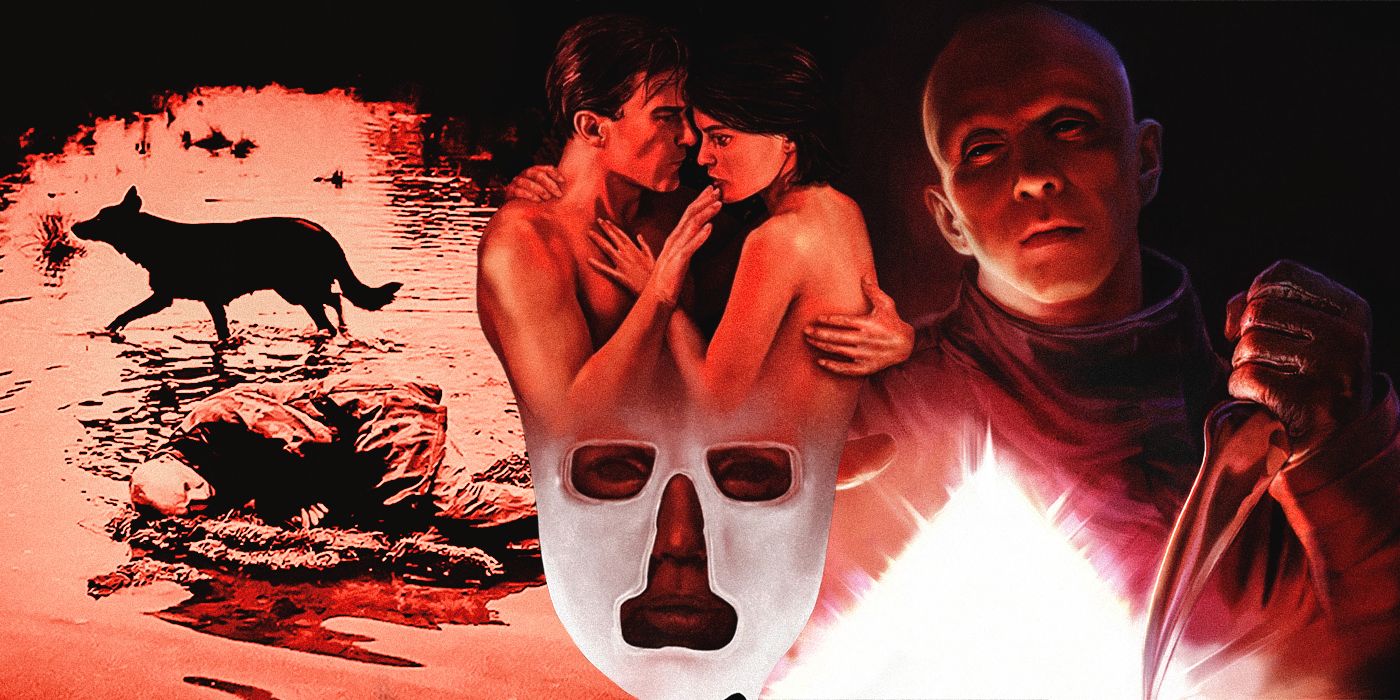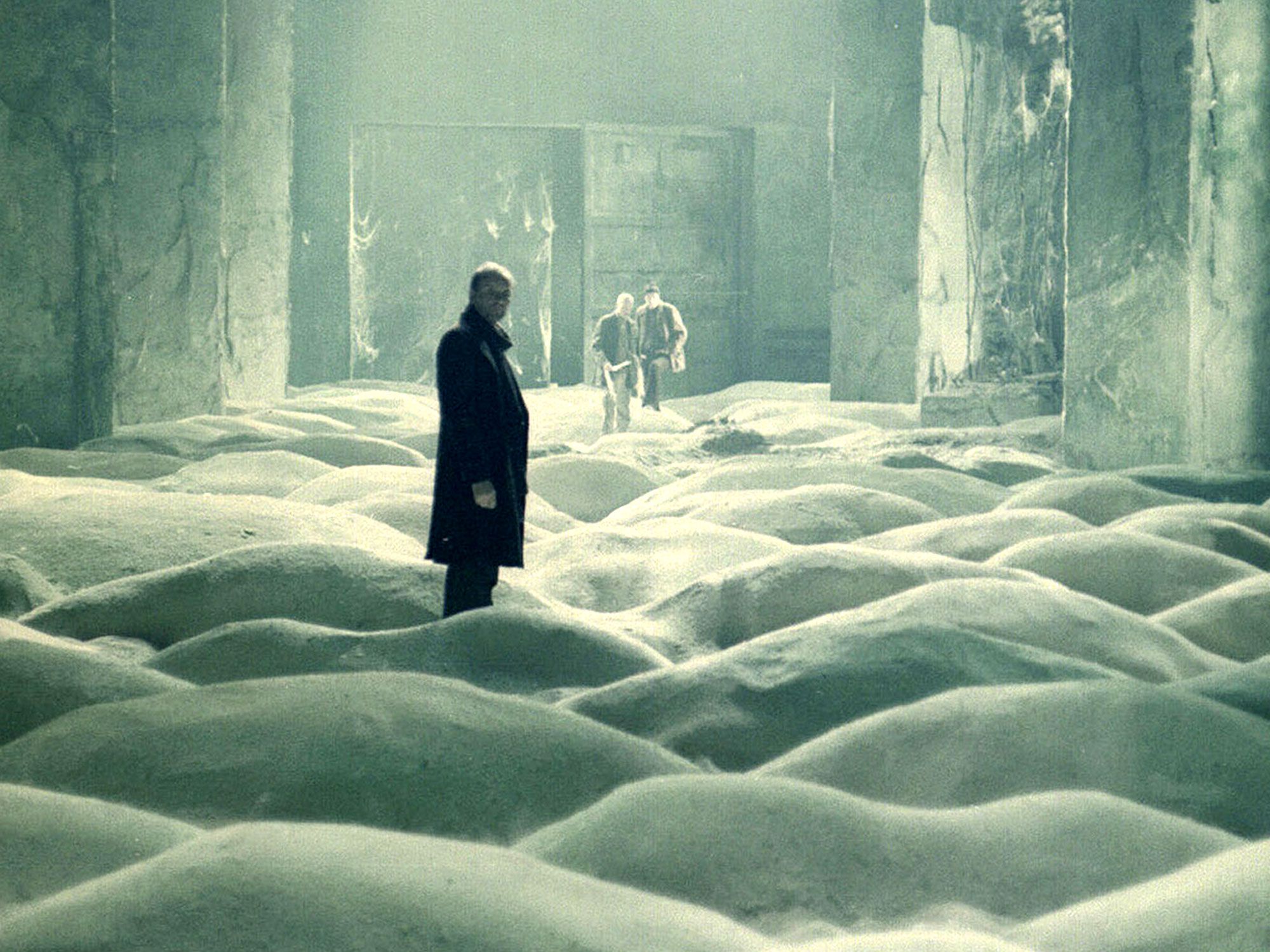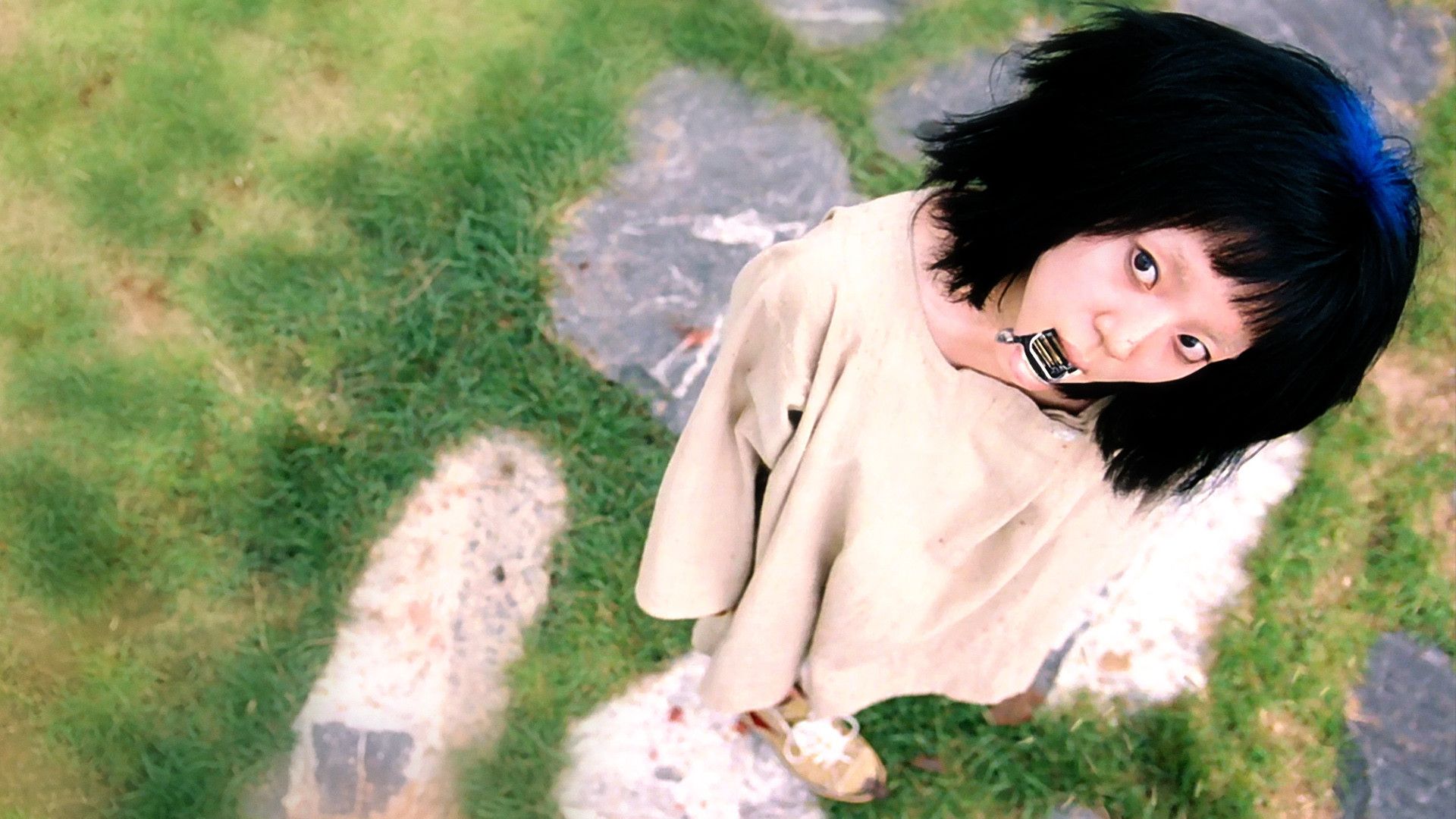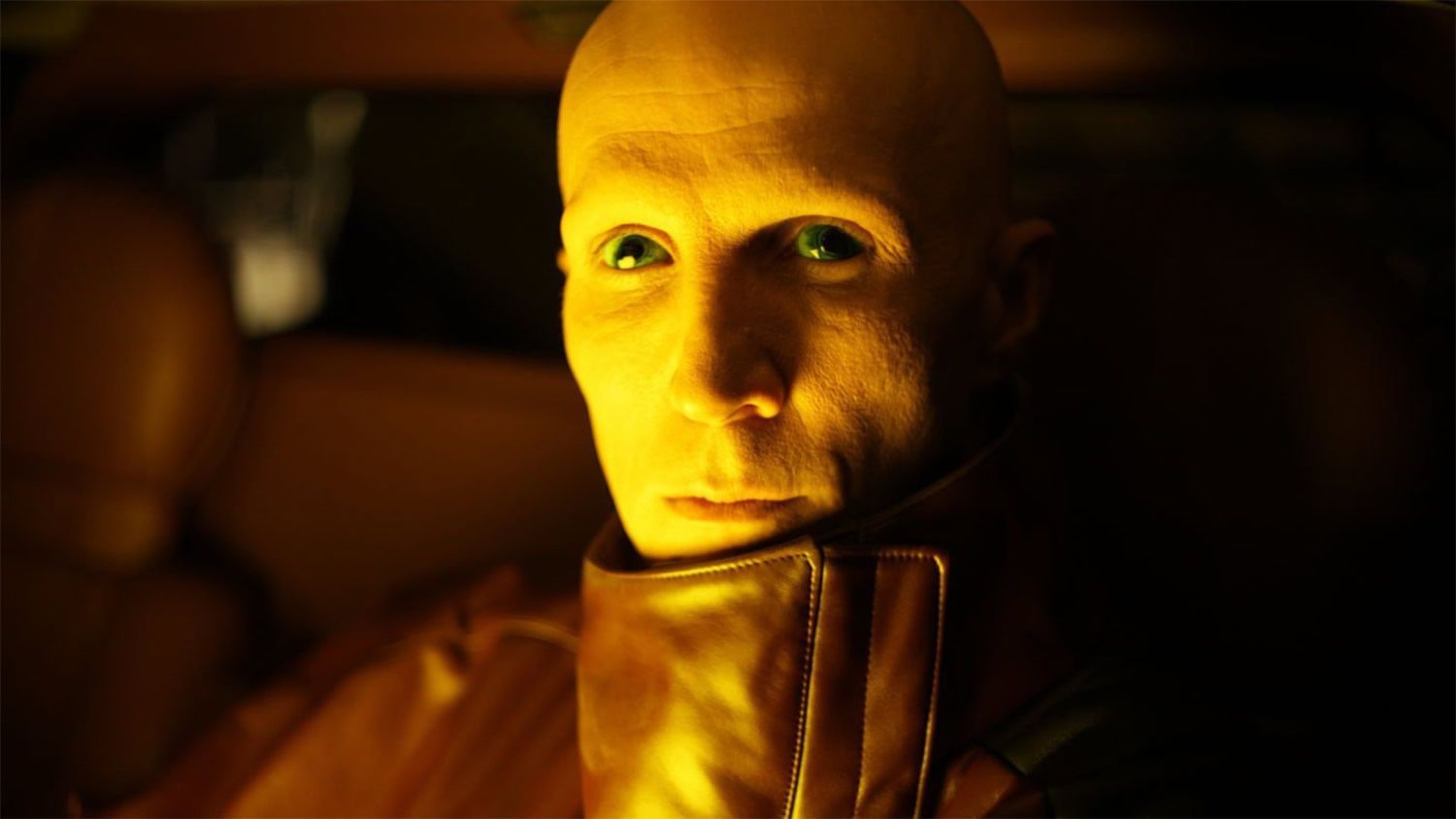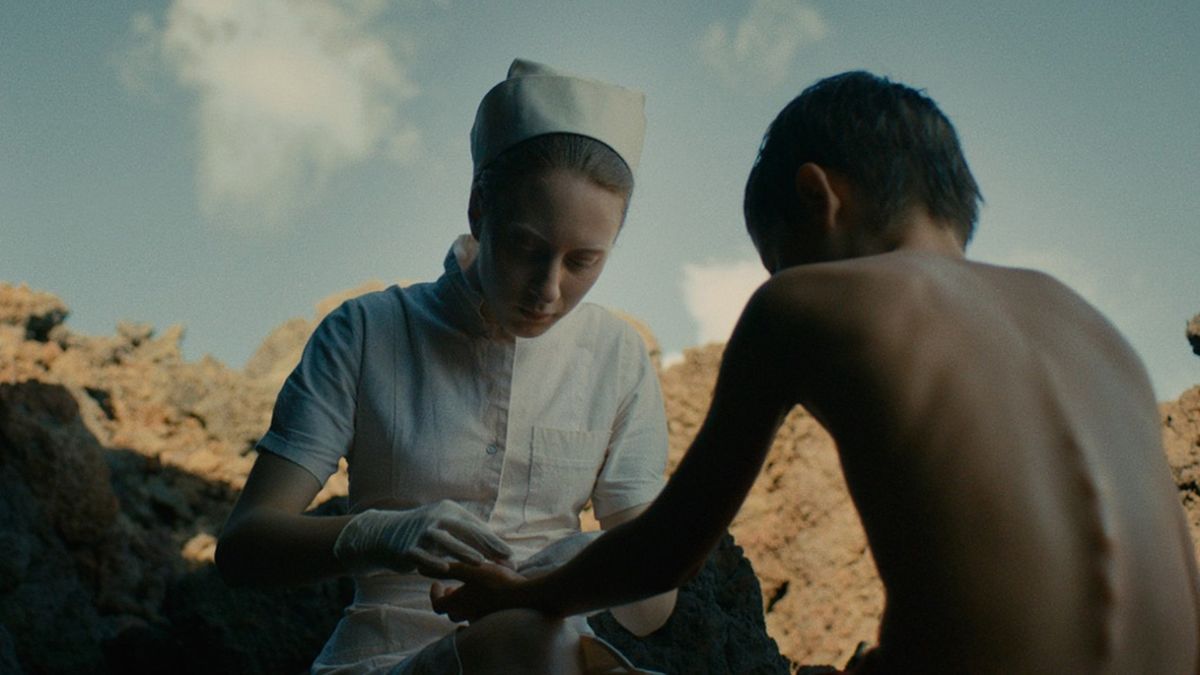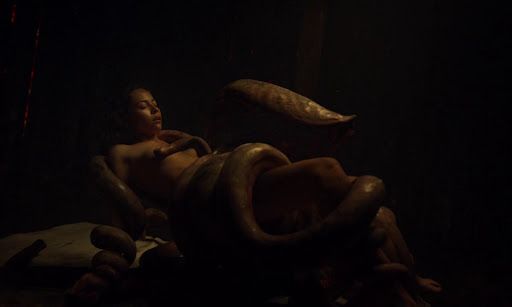The science fiction genre has given some of cinema’s most iconic characters, monsters, and of course, stories. Mark Hamill will always live side-by-side with his onscreen alter ego, Luke Skywalker. Those acidic blood, skeletal designs of a Xenomorph from the Alien franchise can still produce nightmares. But what about the international sci-fi flicks that aren’t so imbued into pop culture?
From Norway to Spain, the following have mad scientists, experiments gone wrong, and weird creatures. But what might make these entries unique and strange is how those genre elements aren’t necessarily at the forefront. The human characters, their relationships or lack of, take up more of the runtime, that along with complex themes not often seen in Hollywood blockbusters. The sci-fi genre is really all about humanity, flaws and all. The following films use the genre to peel back layers on human motivations, the good and the bad.
Stalker (1979)
Russian filmmaker Andrei Tarkovsky’s film received little positive response when it was originally released. It’s a quieter, philosophical film than many people might be used to but in the end, it’s worth it. The story follows trespassers in a restricted location where the laws of physics are ignored. These people who slip through the restricted areas are simply referred to as, “stalkers.” It’s still an influential film of the genre, with as recently as 2018, proving it with the release of Annihilation.
This ended up being the last film Andrei Tarkovsky made in the Soviet Union before a self-imposed exile. Too much struggling with those involved with the Soviet film policy, led to his decision. But before he did, he made this. It was a grueling production, made dangerous from the locations used. Tarkovsky’s death from cancer at 54, along with the cancer deaths of several other crew members were thought to be due to the hazardous conditions. Much more shocking and not well known, is the final film was edited together from footage entirely reshot after half of the original material was developed wrong.
I’m a Cyborg But That’s OK (2006)
South Korean director Park Chan-wook stepped away from revenge flicks like Oldboy to make this oddball, dark rom-com. A young woman, with a helmet of hair and very bleached eyebrows that appear entirely gone, is hospitalized after she fully believes herself to be a cyborg. Once there, a fellow patient falls for her. The mental health facility, a prime location for the sci-fi film genre, has a unique look this time around.
That is thanks to Chan-wook, who’s already established visual style called for something different in the set design. Instead of the traditional gloomy decor and horrid fluorescent lighting, the film brings in a pastel color scheme. As for why the dramatic shift from those darker entries on his filmography, Chan-wook simply wanted to make a movie his daughter would be able to see.
Beyond the Black Rainbow (2010)
Over in Canada, director Panos Cosmatos made his feature film debut with this wildly stylistic callback to ‘70s and ‘80s films. A woman named Elena holds ESP abilities, and she learns what many characters do in these kinds of films. Psychic powers are less of a gift and more of a curse. Especially if you’re in Elena’s condition, trapped in a research facility with a founder who wishes to use her to find common ground between science and New Age spirituality. A distinct mood and an atmospheric, psychedelic score propel the plot forward more than dialogue ever could.
Through film grain from a vintage Panavision camera, it achieved Cosmatos’ desired look for Beyond the Black Rainbow to be believed as a lost entry from the time period it's set in. But there was another reason the film could slip right onto the shelf with the movies of decades past. Cosmatos spent time as a kid in Video Addict, a rental store, where he wasn’t allowed to watch the horror films on display. He did the next best thing, reading up the plot summaries, taking in the cover art, and inventing the movie in his head.
The Skin I Live In (2011)
Spanish filmmaker Pedro Almodovar brought one of his favorite acting collaborators, Antonio Banderas, onboard as a mad surgeon, Dr. Ledgard. In the role, Banderas is hellbent on creating the perfect synthetic skin that cannot be damaged. In order to do so, he uses a human subject, a young woman confined to his home. As per usual in Almodovar’s filmography, there’s melodramatic plot twists, many of which reveal just how perverse this film really is.
In a story that on the surface is about revenge, it shifts into gender themes and talks about forced identities, making for a provocative and controversial watch. With all that said, director Pedro Almodovar still brings in his signature decor flourishes. It's evident with the house a majority of the story takes place in, purposely designed to be absolutely clinical, styling it himself and using his own furniture for the desired effect.
Evolution (2015)
This French film is a blend of dark folktale, science fiction, and horror. Additionally, there's a good inclusion of arthouse aesthetics. On an island populated only by women and young boys, one child starts to believe something sinister is being done by the adults. Red starfish that can be found along the shore, take on dark symbolism that could alter your view on those sea critters for a long time to come.
Evolution came and went but it deserves an audience to seek it out again if, for no other reason, than for the struggle its director had in getting the film off the ground. Like her first film, Innocence, audiences experience a strange world through the eyes of a young character. The idea for Evolution came to director Lucile Hadžihalilović before making her feature film debut. After more than a decade hiatus since her debut in 2004, Hadžihalilović finally secured the financing needed to bring this project to life.
The Untamed (2016)
A Mexican film about a couple who discovers an alien, turning the couple’s unhappy relationship into a search for erotic passion and destruction. Whereas most narratives about alien encounters take front and center, this film chose to place domestic issues at the forefront. However, director Amat Escalante brought two real accounts of violence into his film before even thinking of adding horror and sci-fi elements.
The first came when Escalante read a local newspaper with a headline that included a gay slur. It was part of an article on the drowning death of a gay man. The second was with the frequency of women being murdered. From those examples of homophobia, sexism, and violence, Escalante made his early drafts of the script. Bringing in the alien creature allowed the director to navigate the film in a different direction, one told through visual metaphor.
Thelma (2017)
This Norwegian submission for Best Foreign Language Film at the Academy Awards didn’t get its nomination, and that's a shame. This is a thriller, dark in tone and its wintry setting, which includes a key sci-fi element of latent psychic abilities the titular character has. Repressed and entering college, Thelma (Elli Harboe) realizes the danger she poses to Anja, a classmate she falls for, because of these abilities.
Director Joachim Trier explained the bigger influences for the supernatural elements stemmed from Japanese comics and Norwegian fairy tales. However for many, Stephen King—his literary works and the films adapted from them—might come to mind. But Thelma goes on a very different road then Carrie and Firestarter and that’s primarily due to what the main conflict is. There are no prom night infernos or government agents. What the film does have, is a complicated relationship between Thelma and her father. The latter who might be a root cause of the repression Thelma is reeling from, one that could destroy the very existence of Anja.

